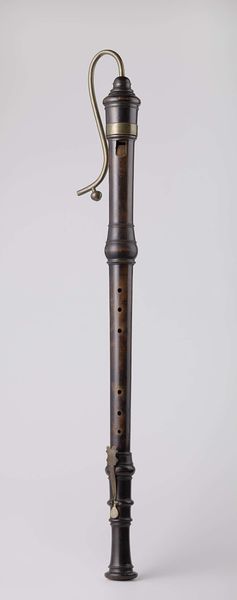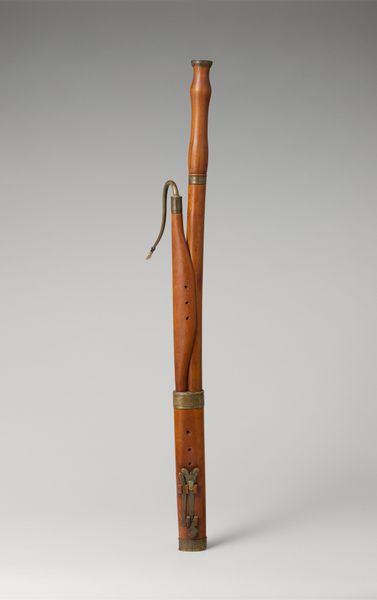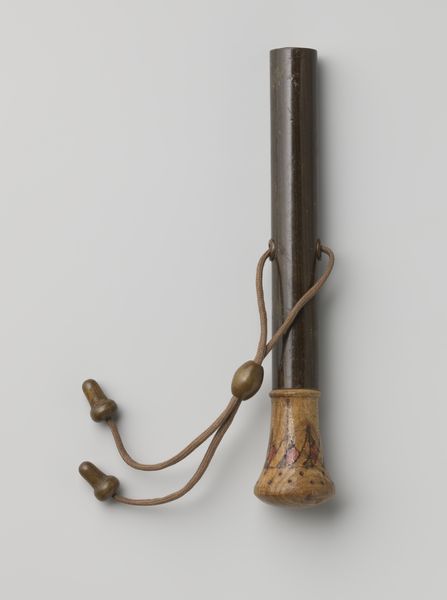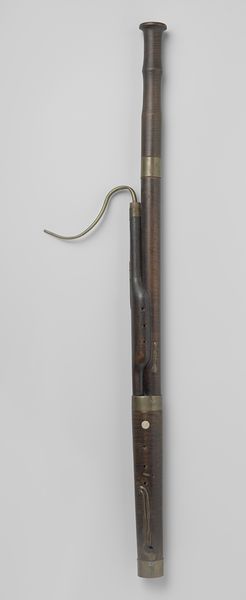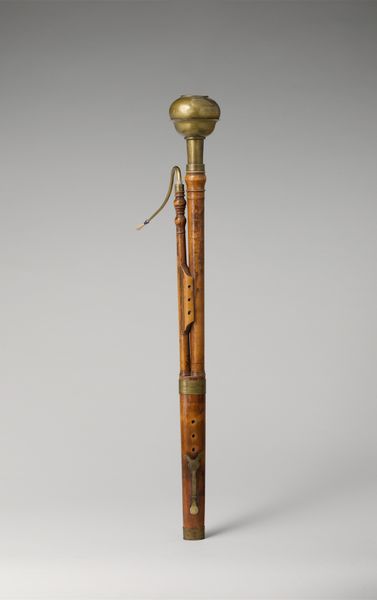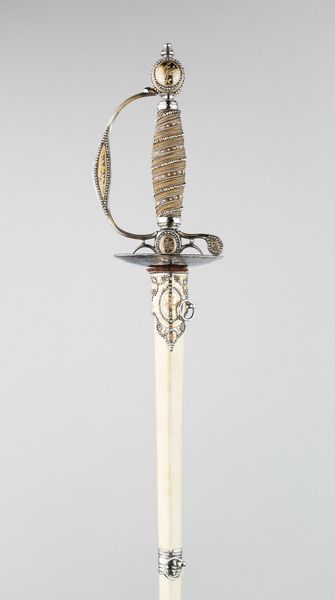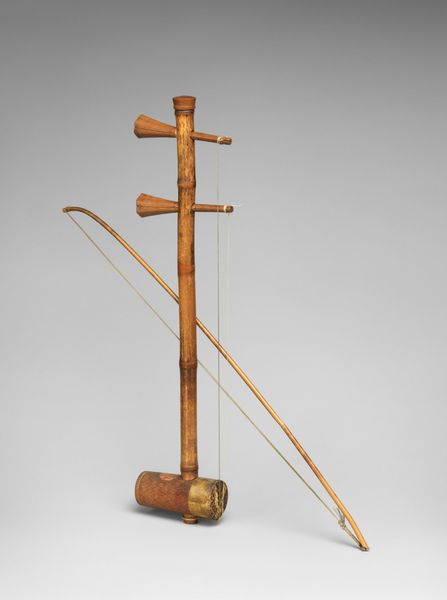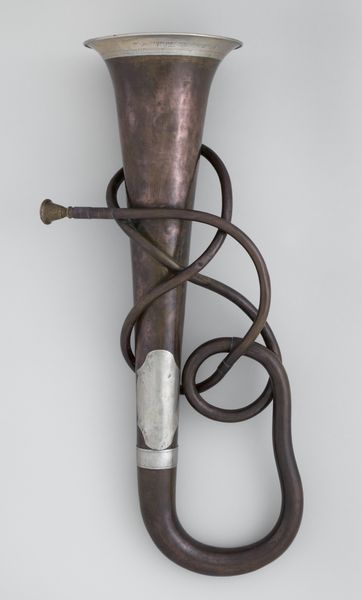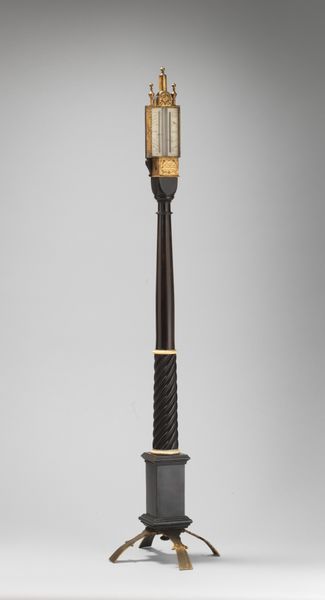
carving, metal, sculpture, wood
#
carving
#
metal
#
sculpture
#
wood
#
armor
#
sword
Dimensions: H. 41 in. (104.1 cm); H. of blade 34 1/2 in. (87.6 cm); W. 4 5/8 in. (11.7 cm); D. 4 in. (10.2 cm); Wt. 1 lb. 10.3 oz. (745.6 g)
Copyright: Public Domain
Editor: This is a Cavalry Officer's Saber, made between 1768 and 1820. The piece combines carving, metal, and wood, and it strikes me as both elegant and menacing. What does this object communicate to you? Curator: It speaks volumes about power, privilege, and the construction of masculinity within a specific historical context. Who was afforded the right to carry such a weapon, and what did that signify about their position in society? Think about the artistry – the sculpted metal, the carved wood. It’s not just a weapon; it’s a symbol. Editor: A symbol of status, certainly. I'm wondering, could this weapon also be viewed as a tool of oppression or control? Curator: Absolutely. It represents not only personal status, but also the enforcement of colonial power and social hierarchies. Each gleaming curve speaks to a system of domination and the violent realities of the era. Consider the perspective of those who faced this saber on the battlefield. Their experience of it would be drastically different, wouldn’t it? Editor: Dramatically so. Seeing it that way forces me to think beyond just its beauty as an object. Curator: Exactly. It demands a critical examination of its role in upholding inequitable power dynamics, and a reflection on the violence it enabled. These objects offer us an opportunity to confront difficult aspects of our shared history. Editor: That's powerful. It definitely makes me see the saber, and its historical context, in a much more complex way. Thanks for that deeper insight. Curator: It’s in the asking of those difficult questions that the real value lies, don't you think? I’ve found our discussion helpful as well.
Comments
No comments
Be the first to comment and join the conversation on the ultimate creative platform.
